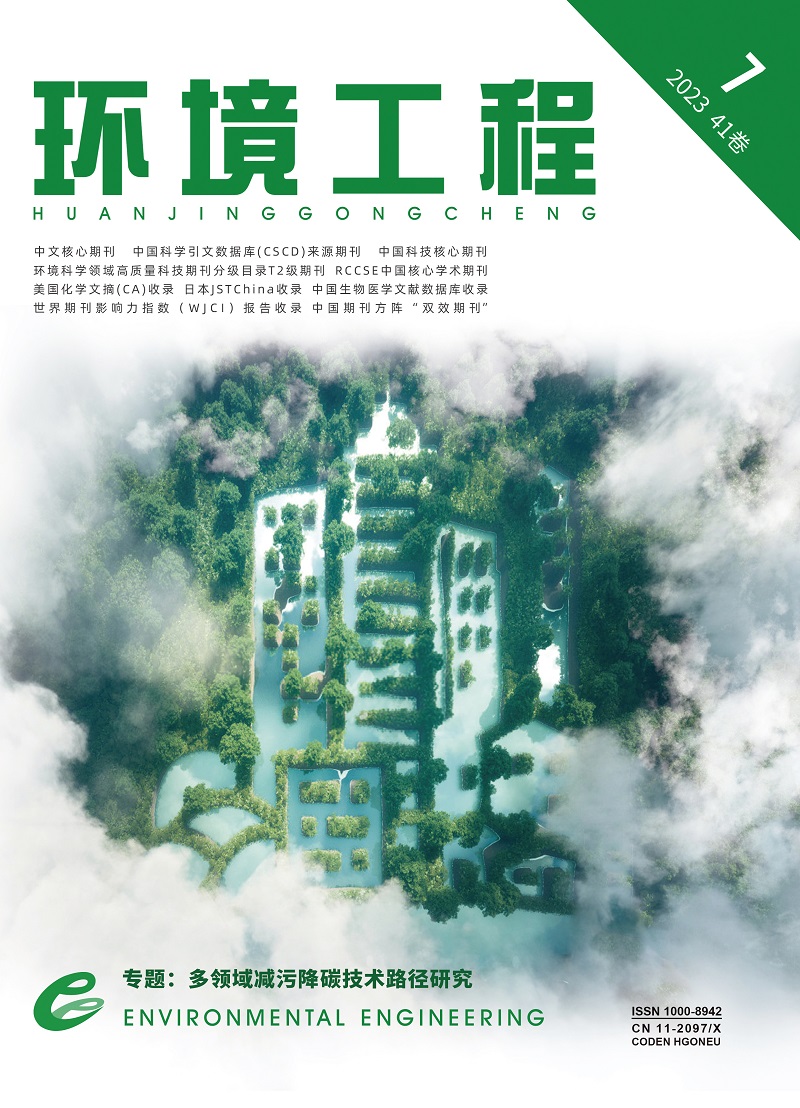| [1] |
IPCC.Climate Change 2021:The Physical Science Basis[R].Cambridge and New York:Cambridge University Press, 2021.
|
| [2] |
汪涛.建筑生命周期温室气体减排政策分析方法及应用[D].北京:清华大学,2012.
|
| [3] |
张天辰.基于全生命周期的低碳桥梁评价体系研究[D].徐州:中国矿业大学,2018.
|
| [4] |
龚志起,张智慧.生命周期评价和管理与建筑业可持续发展[J].青海大学学报(自然科学版),2004,22(2):24-29.
|
| [5] |
彭渤.绿色建筑全生命周期能耗及二氧化碳排放案例研究[D].北京:清华大学,2012.
|
| [6] |
李小冬,朱辰.我国建筑碳排放核算及影响因素研究综述[J].安全与环境学报,2020,20(1):317-327.
|
| [7] |
PENG Z Y, LU W S, WEBSTER C J.Quantifying the embodied carbon saving potential of recycling construction and demolition waste in the greater bay area, China:status quo and future scenarios[J/OL].Science of the Total Environment,2021.https://doi.org/10.1016/j.scitotenv.2021.148427.
|
| [8] |
WANG J J, WEI J J, LIU Z S, et al.Life cycle assessment of building demolition waste based on building information modeling[J/OL].Resources, Conservation & Recycling,2022.https://doi.org/10.1016/j.resconrec.2021.106095.
|
| [9] |
IVANICA R, RISSE M, WEBER-BLASCHKE G, et al.Development of a life cycle inventory database and life cycle impact assessment of the building demolition stage:a case study in Germany[J/OL].Journal of Cleaner Production,2022.https://doi.org/10.1016/j.jclepro.2022.130631.
|
| [10] |
YU B, WANG J Y, LI J, et al.Prediction of large-scale demolition waste generation during urban renewal:a hybrid trilogy method[J].Waste Management,2019, 89:1-9.
|
| [11] |
DONG H J, GENG Y, YU X M, et al.Uncovering energy saving and carbon reduction potential from recycling wastes:a case of Shanghai in China[J].Journal of Cleaner Production,2018, 205:27-35.
|
| [12] |
KABIRIFAR K, MOJTAHEDI M, WANG C X, et al.Construction and demolition waste management contributing factors coupled with reduce, reuse, and recycle strategies for effective waste management:a review[J/OL].Journal of Cleaner Production,2020.https://doi.org/10.1016/j.jclepro.2020.121265.
|
| [13] |
SAGHAFI M D, TESHNIZI Z S H.Recycling value of building materials in building assessment systems[J].Energy & Buildings, 2011, 43(11):3181-3188.
|
| [14] |
MINUNNO R, O'GRADY T, MORRISON G M, et al.Exploring environmental benefits of reuse and recycle practices:a circular economy case study of a modular building[J/OL].Resources, Conservation & Recycling,2020.https://doi.org/10.1016/j.resconrec.2020.104855.
|
| [15] |
黄正杰.拆除建筑废弃物碳排放经济与环境评估研究[D].广州:广州大学,2021.
|
| [16] |
丁衎然,谢剑.废旧建筑材料再利用与建筑的拆解[J].建筑结构,2016,46(9):100-104.
|
| [17] |
PAI V, ELZARKA H.Whole building life cycle assessment for buildings:a case study on how to achieve the leed credit[J/OL].Journal of Cleaner Production,2021.https://doi.org/10.1016/j.jclepro.2021.126501.
|
| [18] |
建筑碳排放计算标准:GB/T 51366-2019[S].北京:中国建筑工业出版社,2019.
|
| [19] |
王永琴,周叶,张荣.碳排放影响因子与碳足迹文献综述:基于研究方法视角[J].环境工程,2017,35(1):155-159.
|
| [20] |
欧阳磊.基于碳排放视角的拆除建筑废弃物管理过程研究[D].深圳:深圳大学,2016.
|
| [21] |
袁荣丽.基于BIM的建筑物化碳足迹计算模型研究[D].西安:西安理工大学,2019.
|
| [22] |
KONG M J, JI C Y, HONG T, et al.Impact of the use of recycled materials on the energy conservation and energy transition of buildings using life cycle assessment:a case study in south Korea[J/OL].Renewable and Sustainable Energy Reviews,2022.https://doi.org/10.1016/j.rser.2021.111891.
|


 Login
Login Register
Register E-alert
E-alert






 DownLoad:
DownLoad: